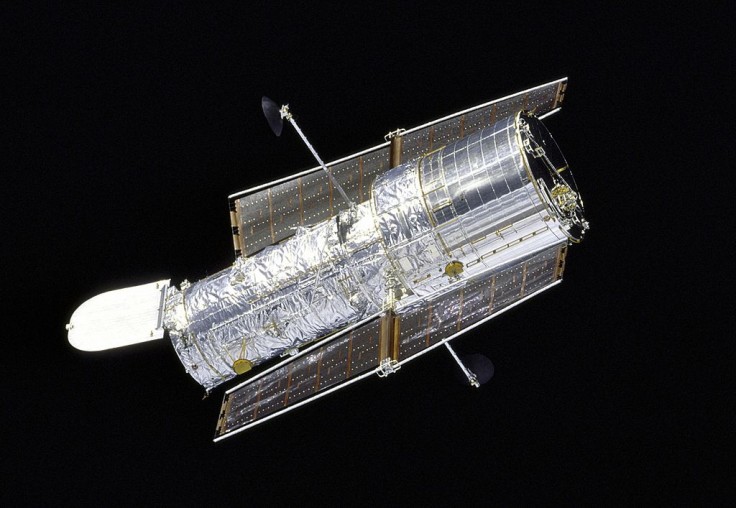
NASA will take "risky" steps in fixing the troubled Hubble Space Telescope. This comes after several attempts at restarting a malfunctioning payload computer, which failed to communicate with the telescope's main computer that had since placed all the science instruments into safe mode.
The engineers from the space station had attempted to restart the computer with backup memory modules several times, but it all failed. NASA, however, tweeted that it is looking at a procedure--which it had successfully tested--that could reengage Hubble's instruments for its breathtaking space imagery, New Scientist posted.
This payload computer is "a NASA Standard Spacecraft Computer-1 (NSSC-1) system" that was manufactured four decades ago. It is part of the Science Instrument Command and Data Handling module, which was replaced in 2009 during an astronaut service mission. The computer has various levels of redundancy that can be switched on when necessary.
NASA Hubble Space Telescope: 'Risky' Procedure to Start Next Week
NASA will execute the said procedure by next week after additional tests and preparations, Business Insider reported. The telescope itself and other scientific instruments remain in good health and working condition, the US space agency added.
However, the procedure was described by NASA astrophysics division director Paul Hertz as "risky." He said the "challenging" task was mainly due to the inability to "actually put your hands on and change hardware or take a voltage."
Last June 30, NASA said it has found out that the cause of the payload computer's malfunction is some erring hardware pieces found in Hubble's Science Instrument Command and Data Handling unit (SI C&DH), where the computer is located.
In case these hardware are proven to be defective, back-ups are pre-installed on the Hubble, which means the task would entail switching to those redundant pieces. But before trying this risky maneuver remotely from Earth, engineers should practice through a simulator, NASA said.
According to the Business Insider report, NASA has made such reboots in the past. A similar computer glitch took the Hubble offline for two weeks in 2008, and engineers then switched over to the redundant system. By the next year, astronauts fixed two faulty instruments while in orbit, which was the Hubble's last servicing operation.
Hubble remains as a critical space observatory for NASA, being one of the US space agency's "most important astrophysics missions (that's) been operating for over 31 years," a spokesperson told Business Insider. Hopefully after a successful reboot, the Hubble, "will last for many more years." It has spotted the most distant galaxy ever observed, formed 400 million years after the Big Bang, and hundreds of thousands of ancient galaxies.
James Webb Space Telescope to Expand Hubble's Legacy
For what it's worth, amid the Hubble problems, another space telescope might as well stretch Hubble's legacy further. The massive James Webb Space Telescope, which is set to launch in November, is expected to explore further into the universe than Hubble could ever reach, a report from Al Jazeera noted.
Using infrared sensors, scientists could probe stellar nurseries, heart of galaxies, and other faraway celestial bodies.










